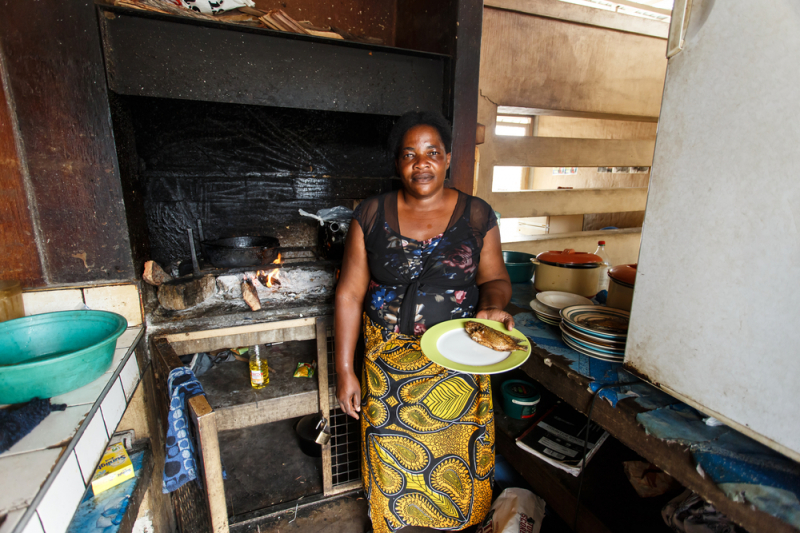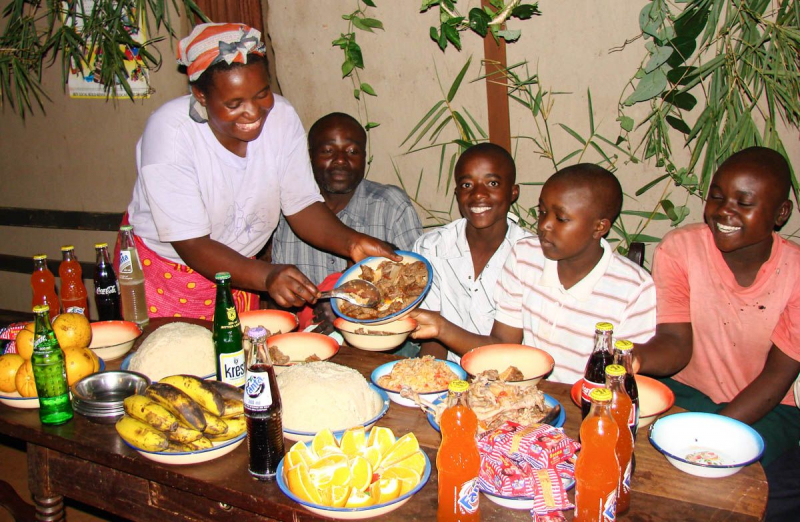Eating etiquette
Start with the silverware furthest away from your plate. Eat to the left and drink to the right. Any food dish on the left and any glass on the right are yours. Work your way in, beginning with the knife, fork, or spoon furthest away from your plate and using one utensil for each course. The salad fork is on the far left, followed by the dinner fork. On the far right, you'll find your soup spoon, beverage spoon, salad knife, and dinner knife. Your dessert spoon and fork are either on top of your plate or brought out with the dessert. You'll be fine if you remember to work from the outside in.
Place your napkin on your lap, folded. When you're done, place it loosely on the table rather than on the plate. Do not use your own napkin to clean up spills, and do not touch items that have fallen to the floor. You can protect yourself from spills by using a napkin. Then, simply and politely request that your server clean up and bring you a replacement napkin or dirty utensil. Keep your elbows away from the table. Unless you are using it, keep your left hand in your lap. You should not speak with your mouth full. Close your mouth and chew.
Food should be passed from left to right. To reach food or condiments, do not stretch across the table and cross other guests. When asked for salt or pepper, pass both together, even if a table mate only requests one. This is done so that dinner guests will not have to look for orphaned shakers. Instead of passing items hand-to-hand, place salt and pepper shakers, a bread basket, or a butter plate directly on the table. Never, ever intercept a pass. Taking a roll from the breadbasket or a shake of salt while it is on its way to someone else is a no-no. Always serve yourself with serving utensils rather than your personal silverware. Those things can be seen as one of the Unique Cultural Characteristics In Namibia that you should know.















